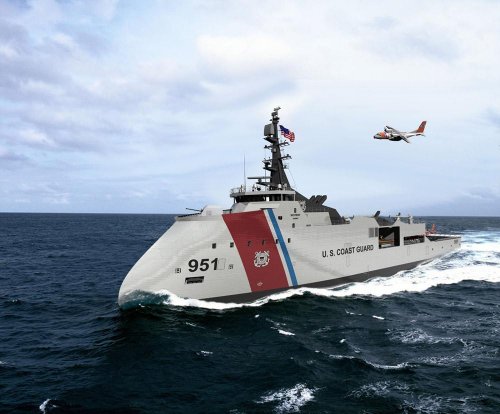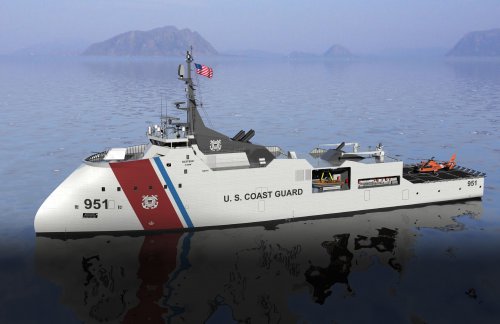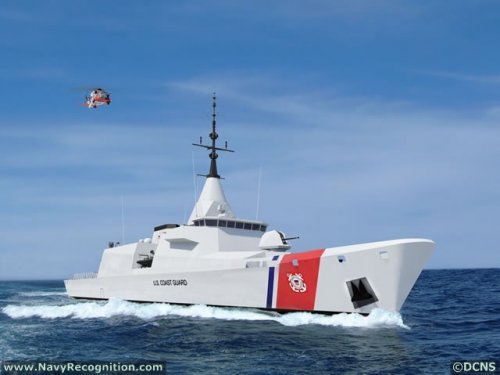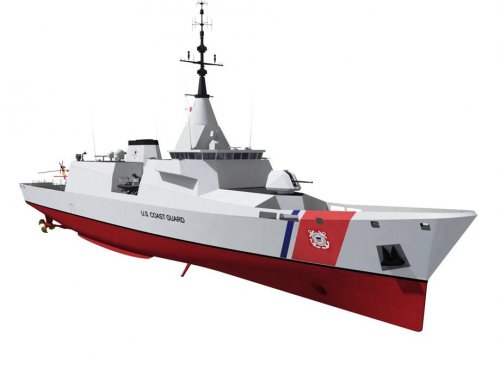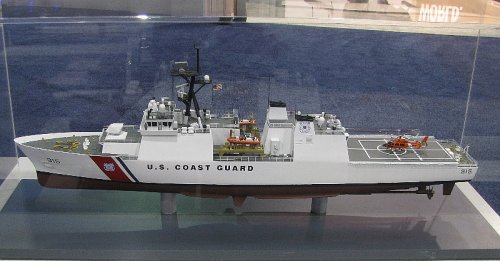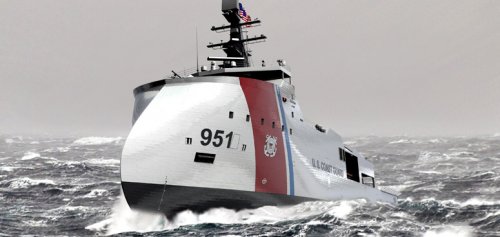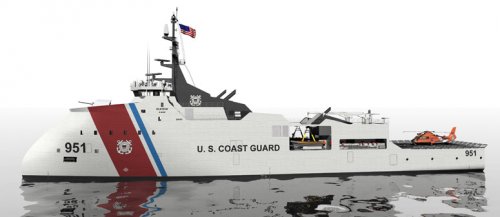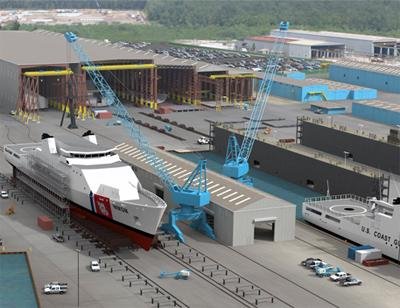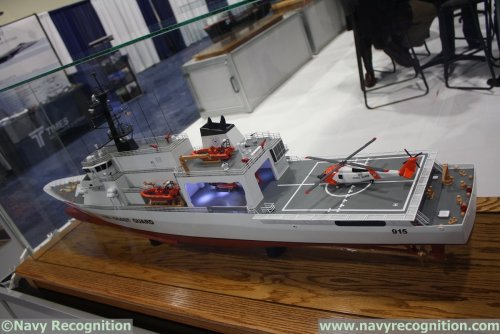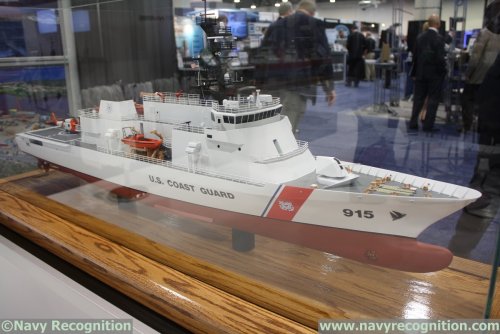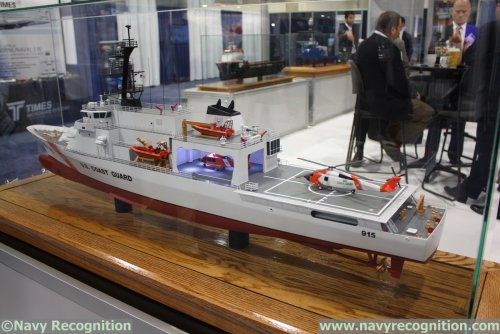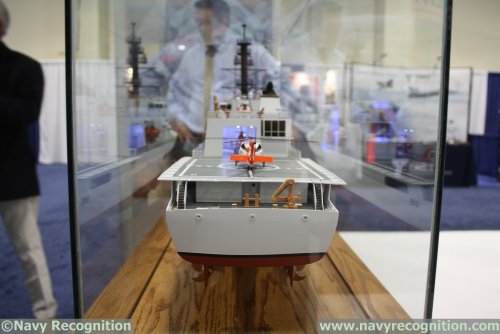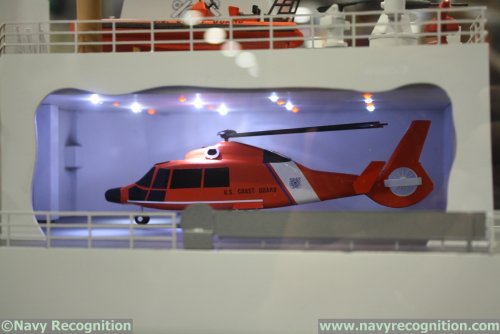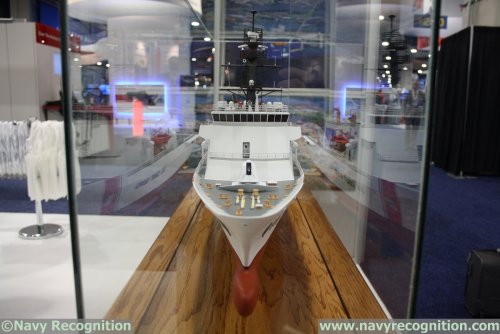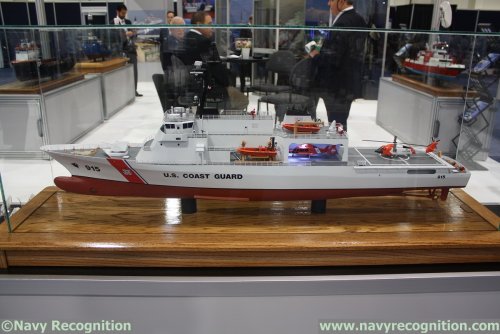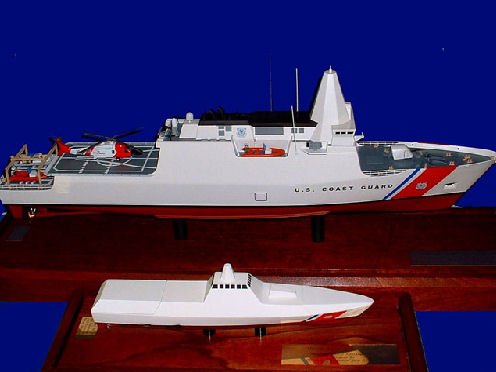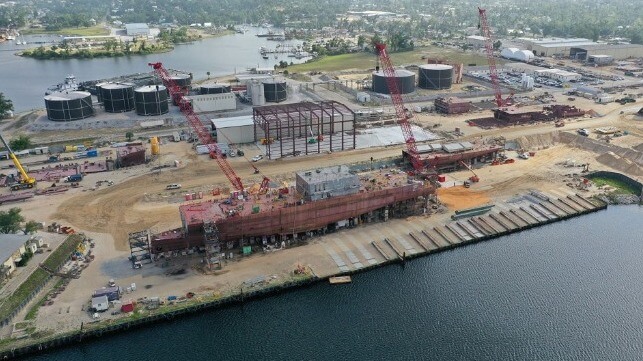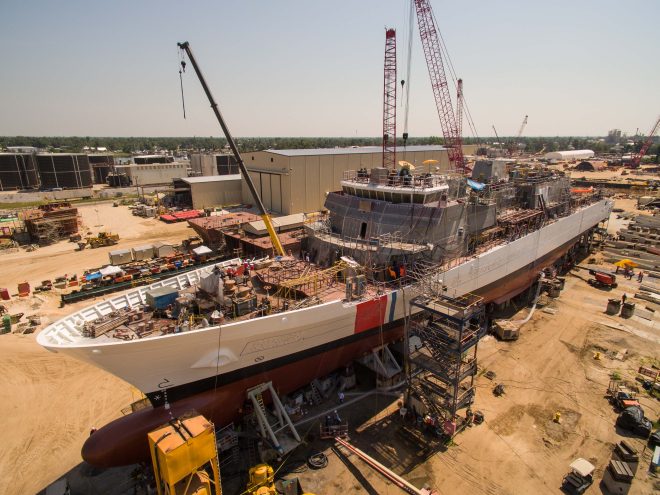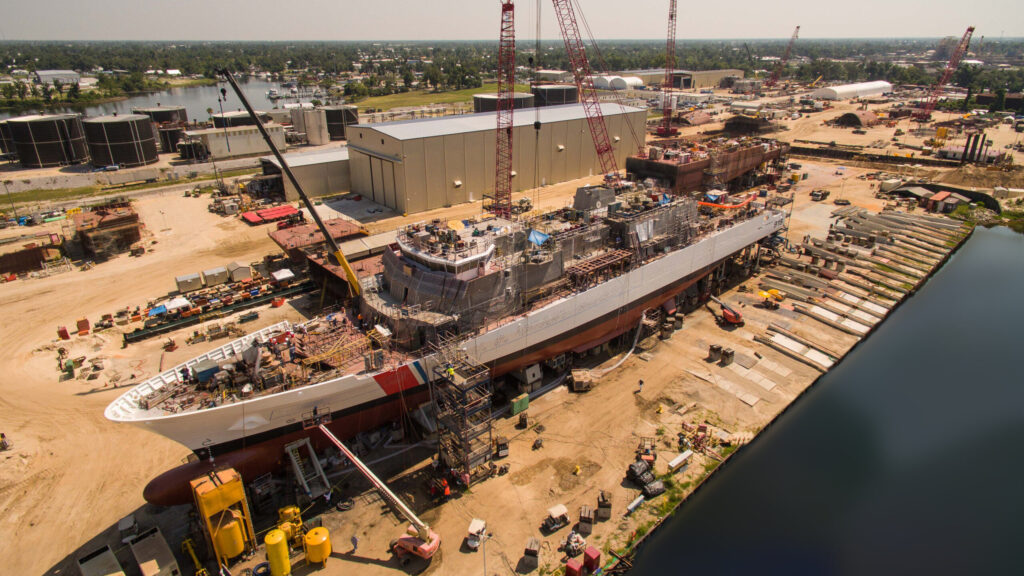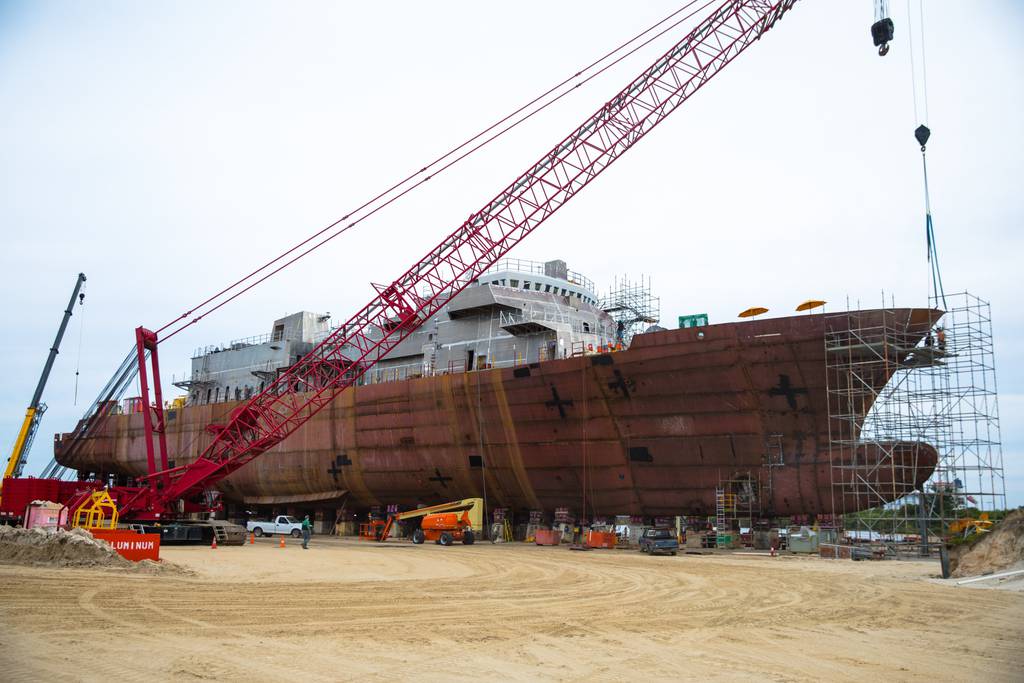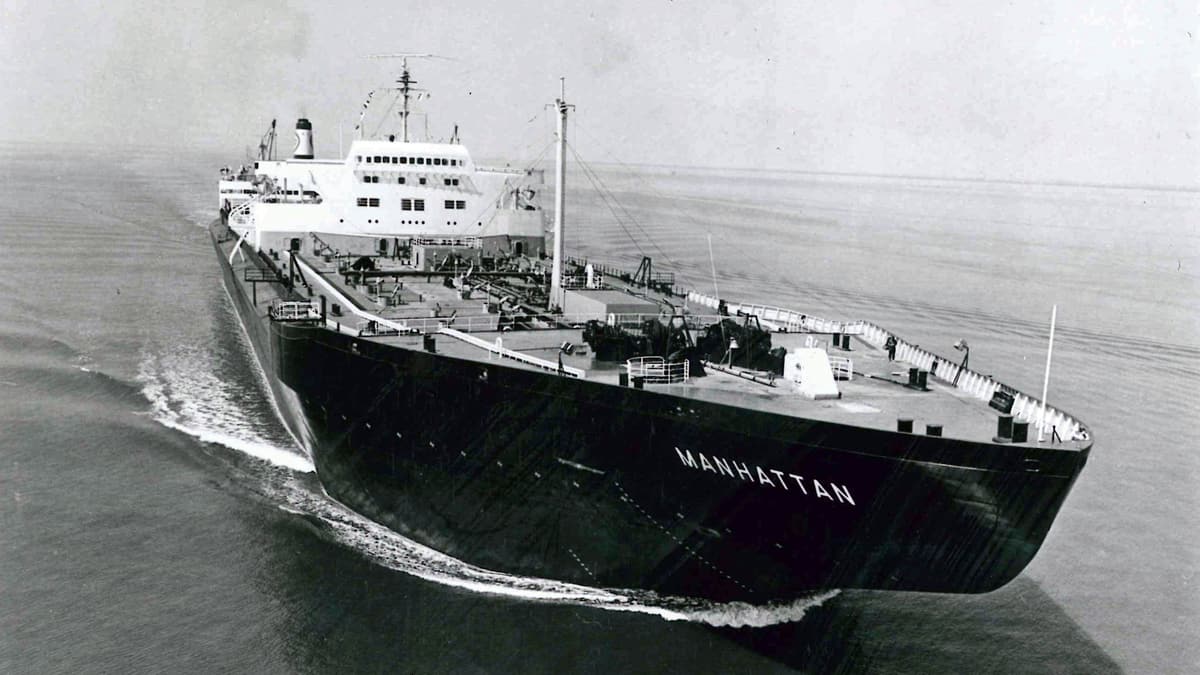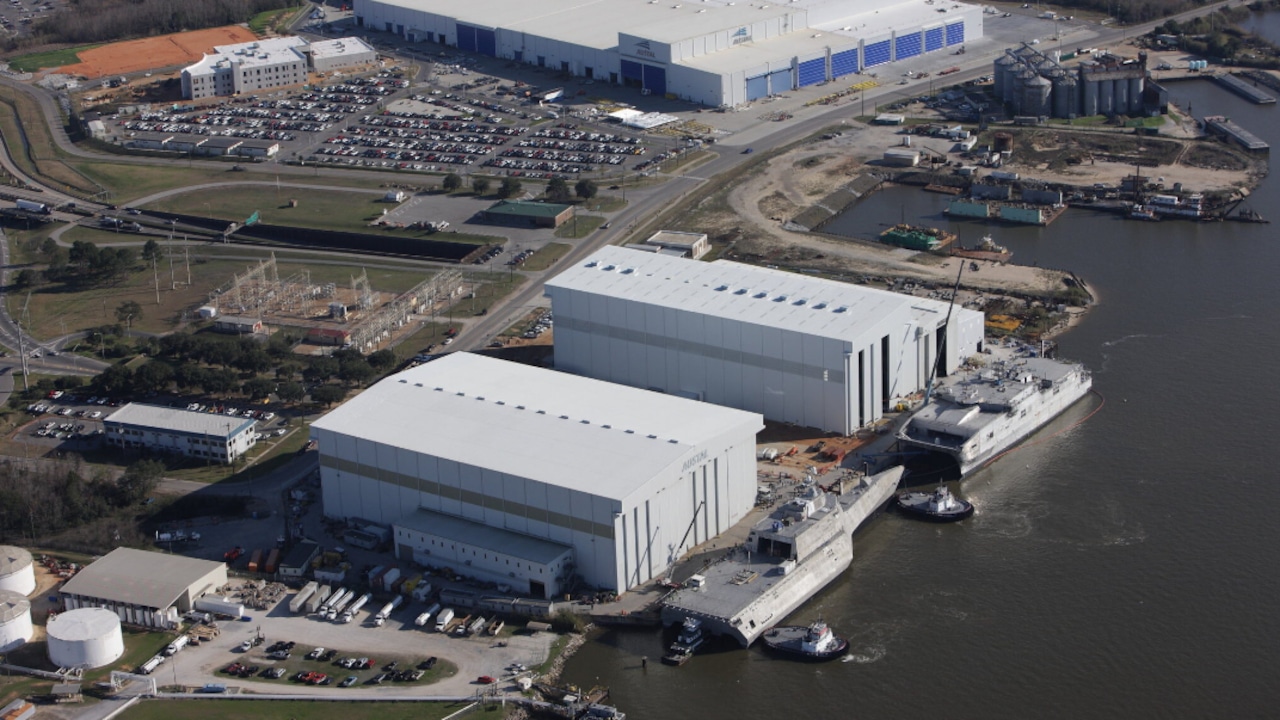At least eight companies or teams are lining up to bid on the next large U.S. shipbuilding program, which aims to build 25 ships for about $8.1 billion and provide years of work.
But this isn’t a Navy ship — it’s for the U.S. Coast Guard’s Offshore Patrol Cutter (OPC), a program that could become the service’s largest-ever acquisition effort.
After working with vendors through several draft requests for proposal, the Coast Guard issued a final RfP Sept. 25. Interested parties have until Jan. 10 to submit proposals for the ship, which is needed to replace the fleet’s 29 210-foot and 270-foot medium-endurance cutters.
Falling between the large, 4,500-ton National Security Cutter (NSC) and small, 353-ton Fast Response Cutter (FRC), both now in production, the OPC, according to the Coast Guard, will “bridge the gap between the Coast Guard’s law enforcement/homeland security mission priorities and the Navy’s military defense mission priorities.”
The ship is expected to have a displacement of 3,500 to 4,000 tons, have a hangar able to house H-60 and H-65 helicopters, and a flight deck strengthened for all larger H-60 variants, up to the Sikorsky S-92. The core crew size is limited to 100 or fewer members.
Bidders Keeping Mum
A variety of U.S. shipyards are interested in the program, ranging from repair yards that have never built a warship or large cutter, to tried-and-true shipbuilders Huntington Ingalls and Bath Iron Works.
The Coast Guard program — for a service with a history of using foreign designs as the basis for its ships — could represent a rare opportunity for an international firm or a small, domestic shipbuilder to get in on a major contract. Several European shipbuilders, design houses, and sensor and systems suppliers, including French shipbuilding giant and electronics powerhouse Thales, also are teamed with U.S. shipbuilders or seeking a partner to bid on the OPC.
Most of the potential OPC bidders aren’t talking about their efforts, and those that do aren’t saying much:
• Huntington Ingalls, one of the Navy’s “big five” shipbuilders, already builds the Coast Guard’s Bertholf-class NSCs at its Ingalls yard in Pascagoula, Miss., along with Navy destroyers and amphibious ships.
“We intend to get a proposal together and submit it,” company spokeswoman Beci Brenton said. “We think we can be very competitive to provide the Coast Guard the best value.”
She declined to provide any details of the company’s bid.
• Both General Dynamics shipyards devoted to building surface ships — the third yard builds submarines — are interested in the OPC. But San Diego-based National Steel and Shipbuilding Co. and Maine’s Bath Iron Works will, according to a shipbuilding source, have a “firewall” between them on the project.
“Both yards are quite serious,” the shipbuilding source said. “They’ll both compete for it.”
Although Bath has built large destroyers and cruisers, it also was the lead yard for the Navy’s FFG 7 Oliver Hazard Perry-class frigates, ships only a bit larger than the OPC might be.
“This would be more in line with the FFG 7s back in the 1980s,” Bath spokesman Jim DeMartini acknowledged. “We’re not going to talk about any specifics in the design, but we fully intend to submit a proposal.”
• Bollinger Shipyards, with facilities in Louisiana and Mississippi, is a veteran supplier for the Coast Guard and is expected to submit a strong proposal, partnered with the Damen Shipyards Group in the Netherlands and U.S. design firm Gibbs & Cox.
“Damen did the design for the 87-foot patrol boats and the FRC,” noted Robert Socha, the company’s vice president of sales and marketing. “Why change a good thing?”
Damen Schelde, part of the group, designed and built the Holland-class offshore patrol vessels for the Dutch Navy. The first of the 3,750-ton, 355-foot-long ships is coming into service, and the design bears a family resemblance to the smaller FRC.
Rather than build the ships at the company’s yard in Lockport, La., which is hard at work on the FRC, Bollinger would probably expand its yard at Amelia, La., to build the larger OPCs, Socha said.
• Another partnership was revealed Oct. 1, when VT Halter Marine announced a teaming agreement with French shipbuilder DCNS, which built the LaFayette-class frigates for the French Navy.
“We envisage entering the American market through an agreement with an American partner, VT Halter, to make a joint offer for the OPC,” DCNS Executive Chairman Patrick Boissier said. “We’re offering a frigate hull design, derived from a design we have already built. The problem is to find a hull that meets needs expressed by the U.S. Coast Guard, which wants a vessel around 3,500 tons to 4,000 tons.”
DCNS would handle the ship design, he said, “with American systems.”
Thales is marketing its Integrated Mast, or I-Mast, to all OPC bidders. The Holland-class patrol vessels are equipped with the structure, which houses a phased-array radar, electro-optical sensors, electronic warfare systems and satellite communications gear. Thales has been demonstrating how the concept could be integrated into different designs.
• Another proposal comes from Vigor Shipyards, whose Washington state yards were purchased last year from Todd Shipyards. The Seattle shipyard has a long history as a repair facility for the Coast Guard, including the service’s two Polar icebreakers.
Vigor is offering a design based on the Norwegian Ulstein X-Bow, a unique concept that features a towering, bluff bow structure that narrows to a fine form at the waterline.
“Straight on, it’s actually a wave-piercing bow for smaller waves,” said Matt von Ruden, a retired Coast Guard captain who commanded two cutters and served on many more.
“For large waves, it has much more volume, allowing the energy of the ship to be controlled,” he said. “You get a gentle motion that’s a more gentle ride with reduced vertical and pitch acceleration.”
Von Ruden, Vigor’s OPC program manager, spent several days underway in the North Sea aboard one of the ships, several dozen of which operate in those stormy seas supporting the oil industry.
“I wanted to see whether the claims about reduced motion, less wear on the crew, high acceleration were true. They were,” he said.
After evaluating the bids, the Coast Guard is expected in June to award two or three firms with Phase I preliminary design contracts. The competition winner is scheduled to be chosen in October 2015, and awarded a contract and options to build up to 11 cutters. A follow-on competition would take place for the remaining 14 ships. Procurement of the first OPC is scheduled for 2017.
Pierre Tran contributed to this report from Paris.

